What Common Challenges Do Manufacturers Face with Auger Filling?
Auger filling is a widely used method for packaging dry, powdered, and granular products. While it offers many advantages, manufacturers often encounter several common challenges that can impact efficiency, accuracy, and overall production. Understanding these challenges and implementing effective solutions is crucial for optimizing auger filling operations.
Inconsistent Fill Weights
Causes
– Variation in product density
– Improper auger design or calibration
– Worn or damaged auger components
Solutions
– Calibrate the auger regularly to ensure consistent filling
– Use augers designed for the specific product characteristics
– Inspect and replace worn auger components promptly
– Utilize feedback control systems to monitor and adjust fill weights during operation
Product Degradation
Causes
– Excessive shear or compression during filling
– Auger speed too high or too low
– Improper auger configuration
Solutions
– Optimize auger speed and configuration to minimize product damage
– Use augers with gentle handling designs, such as ribbon or helical augers
– Conduct product testing to determine the optimal filling parameters
– Implement measures to reduce the risk of vibration or impact during filling
Caking or Bridging
Causes
– Moisture in the product
– Improper auger design
– Insufficient agitation or vibration
Solutions
– Control moisture content within acceptable limits
– Design augers with anti-caking features, such as recessed shafts or fluidized beds
– Implement vibration or agitation devices to prevent product buildup
– Use humidity control systems to minimize moisture absorption
Leakage or Spillage
Causes
– Worn or damaged auger seals
– Improperly fitted filling head
– Overfilling the container
Solutions
– Inspect and replace auger seals regularly
– Ensure the filling head is securely mounted
– Use fill level sensors to prevent overfilling
– Implement drip trays or other containment measures to minimize spills
Cross-Contamination
Causes
– Insufficient cleaning between product changes
– Improperly designed or maintained equipment
– Inadequate air filtration or ventilation
Solutions
– Establish thorough cleaning protocols and use dedicated equipment for different products
– Design filling systems with easy-to-clean components
– Implement air filtration systems to prevent airborne cross-contamination
– Train operators on proper sanitation practices
By addressing these common challenges, manufacturers can improve the efficiency, accuracy, and quality of their auger filling operations. Optimizing auger filling processes reduces waste, minimizes downtime, and ensures consistent product quality, ultimately contributing to increased customer satisfaction and profitability.
-
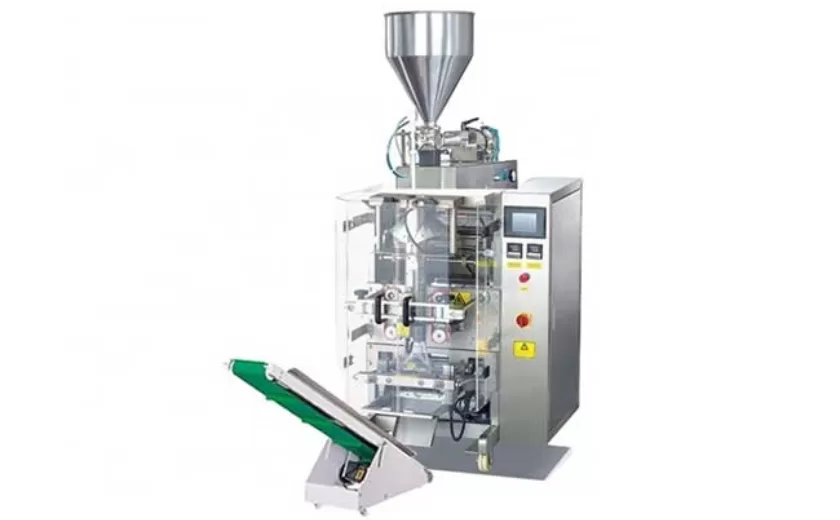
Advanced Packing Solutions: Snacks, Sugar, and Frozen Food Machines
29-10-2025 -
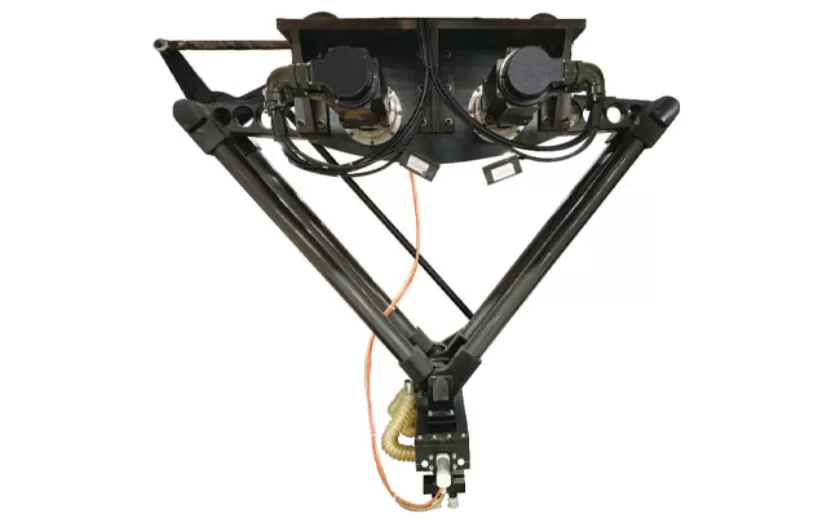
Efficient and Reliable Solutions for Salt, Nuts, and Frozen Dumplings Packing
29-10-2025 -
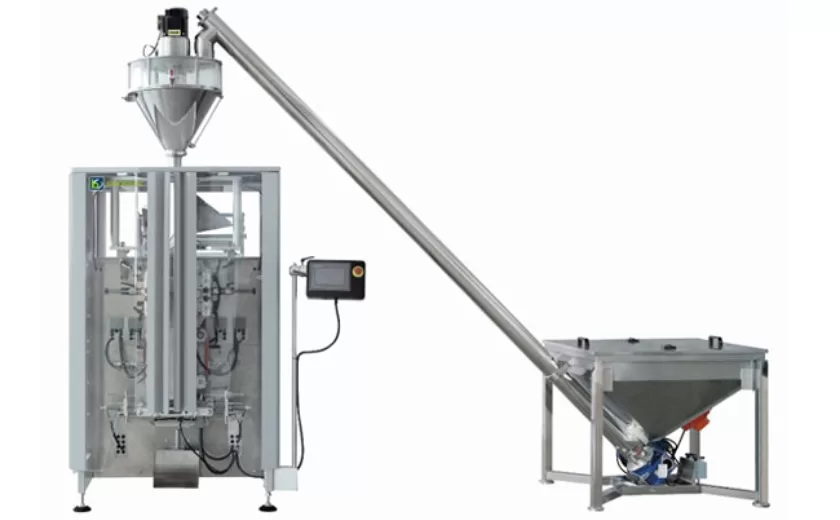
High-Performance Biscuits, Lollipop, and Ketchup Packing Machines for Modern Food Production
29-10-2025 -

Efficient Liquid Filling and Packing Machines for Modern Production
23-10-2025 -
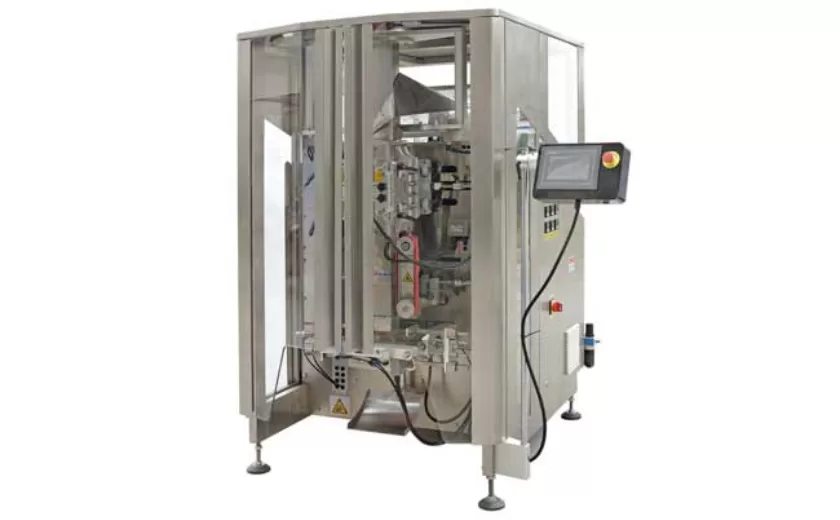
Reliable Granule Packaging Machines for Efficient Production
23-10-2025 -

Efficient Auger Powder Filling Machines for Accurate Packaging
23-10-2025 -

High-Performance Liquid Filling and Packing Machines for Hygienic Production
10-10-2025 -

High-Efficiency Granule Packaging Machines for Precision and Speed
10-10-2025 -

High-Precision Auger Type Powder Filling Machines for Efficient Packaging
10-10-2025 -
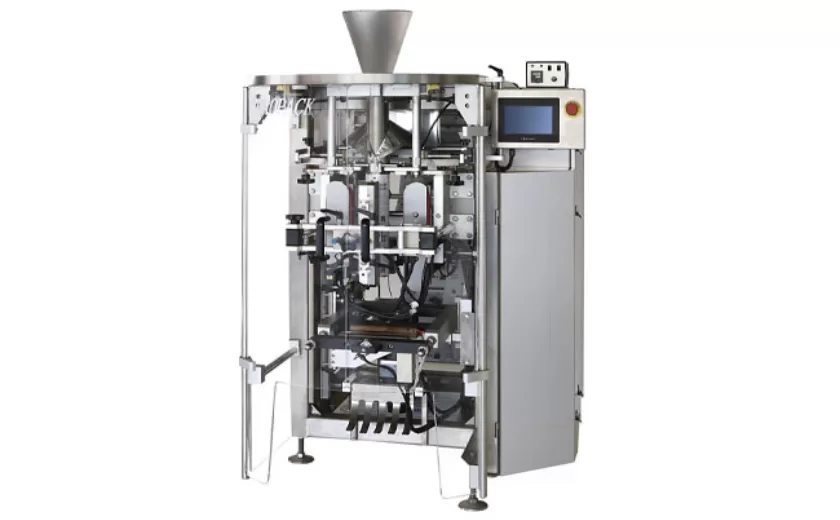
Efficient Vertical Form Fill Seal Packaging Machines for Smart Production
10-10-2025





